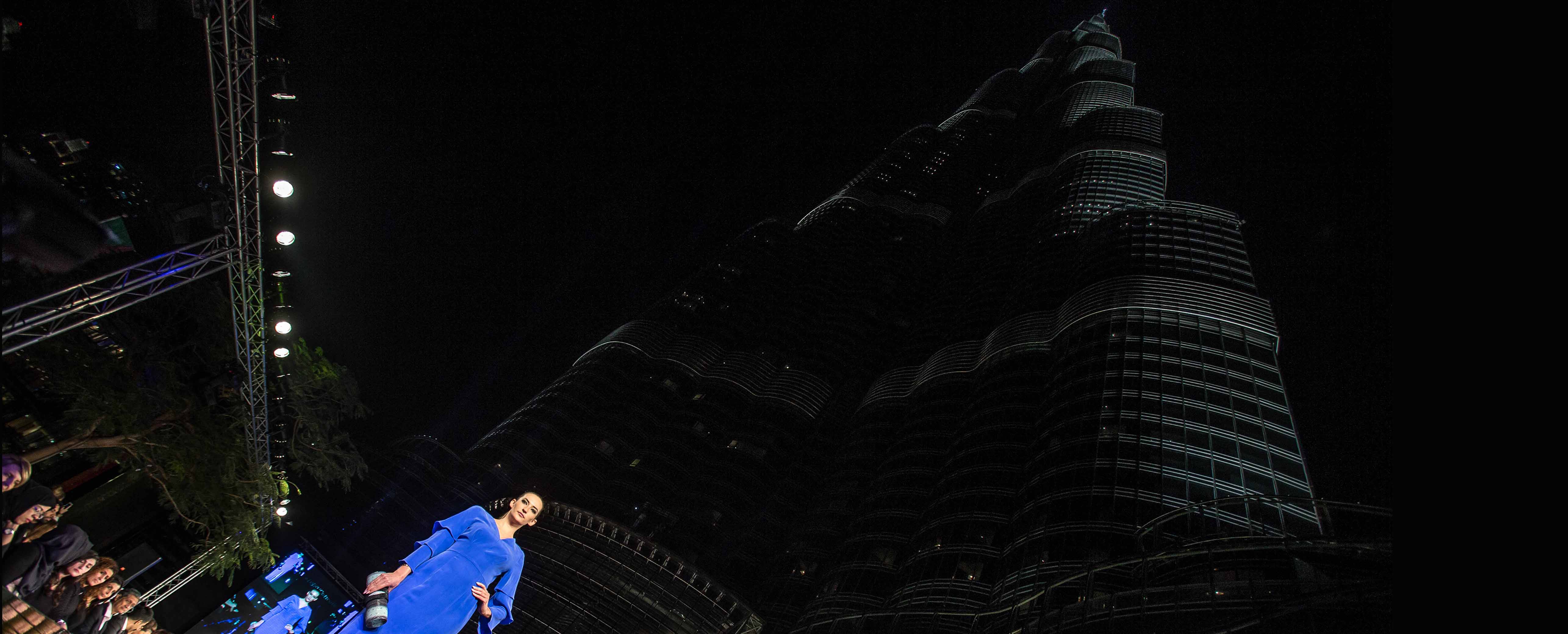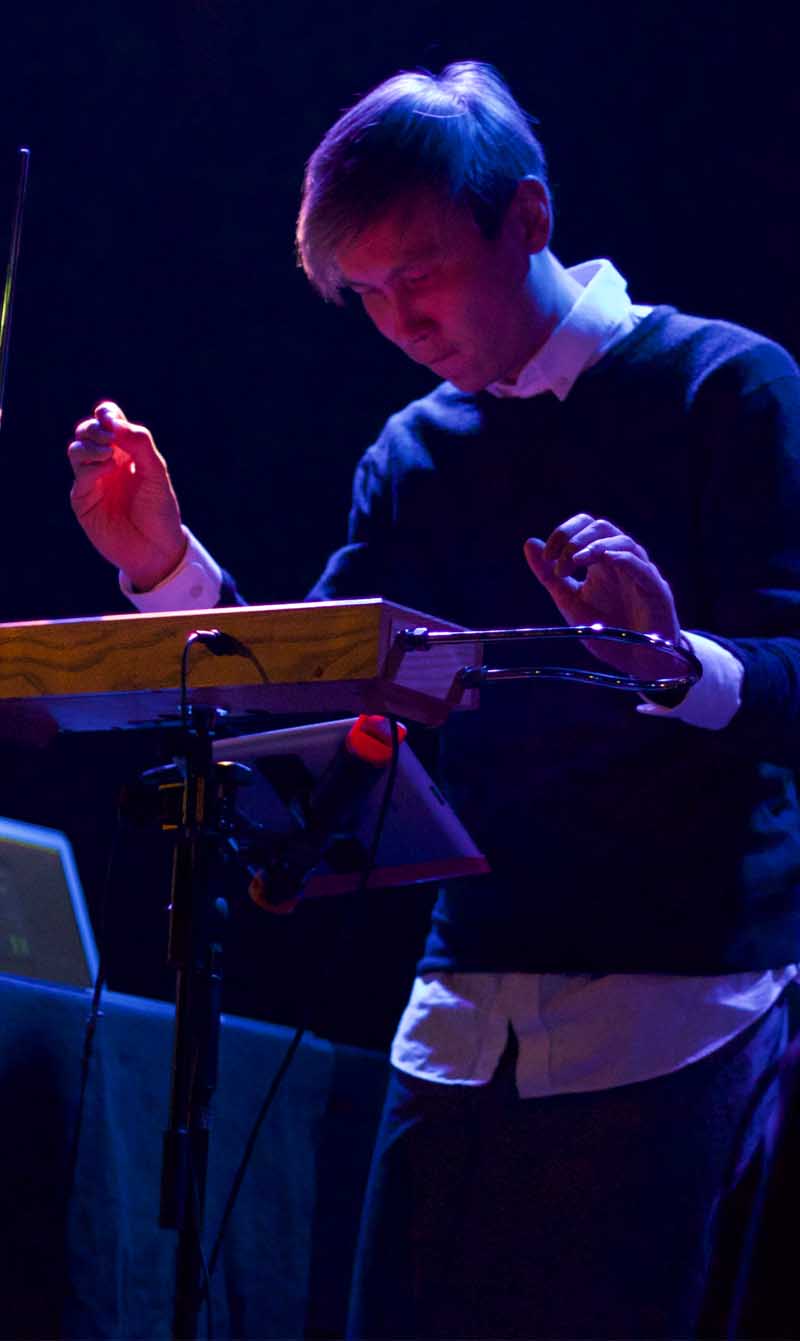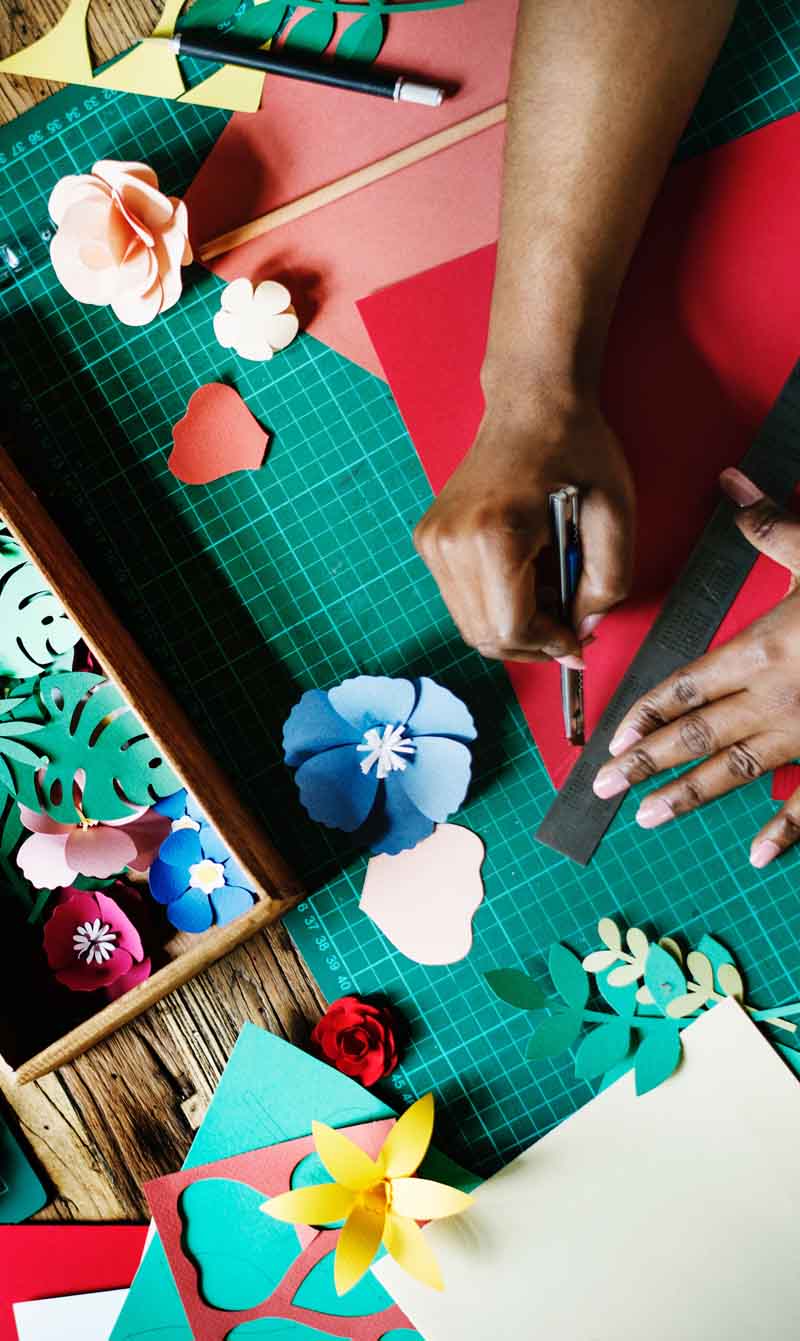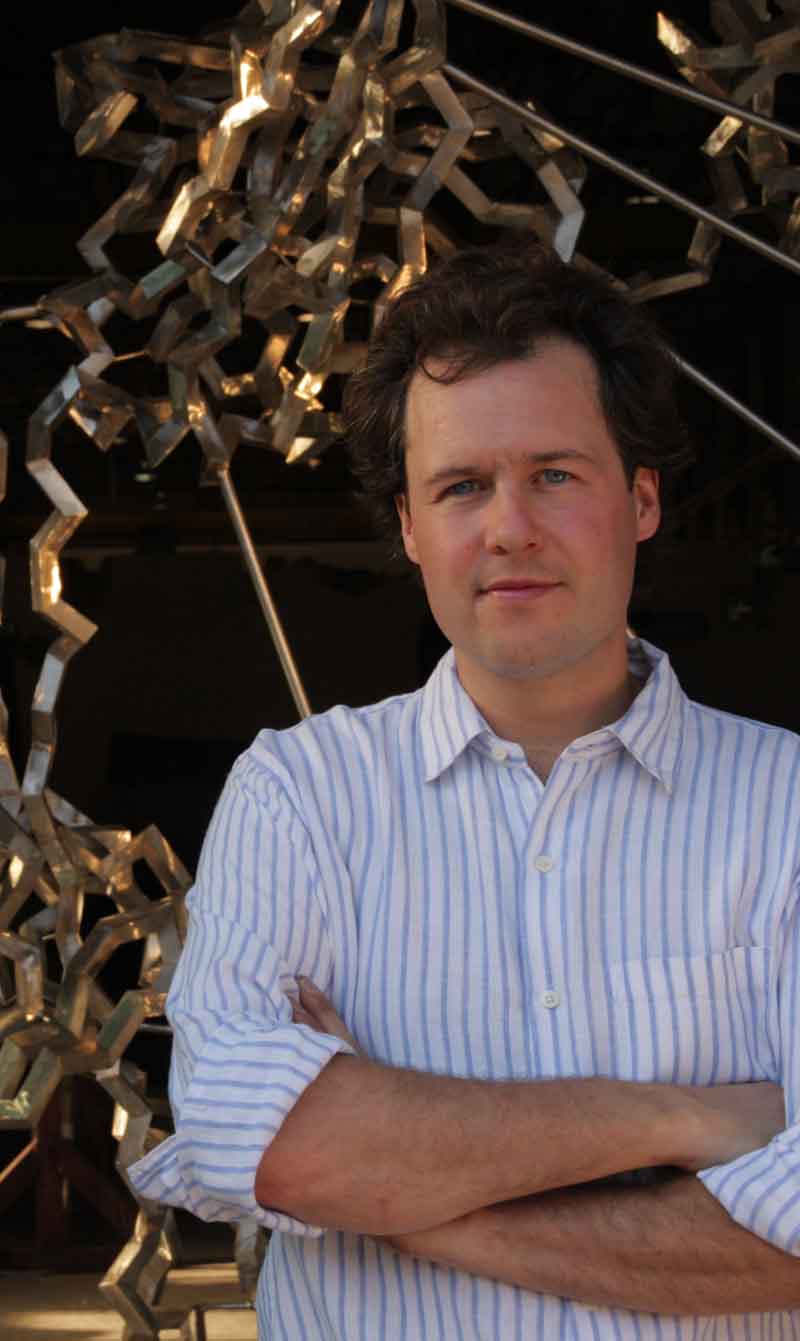Modest values
Although the emergence of the modest fashion industry as a globally valuable market has much to do with the increasing Muslim population and their preferred choices of dress, this fashion industry is not exclusively for and by Muslims. Fashion is often seen as a form of personal identity and expression, so as different communities spread, it is natural that the demand for diverse fashion styles to follow suit, despite protests from the conservative groups.
If this market were a country, it would rank third after the largest two markets in the world.
Modesty – Value in the Eye of the Beholder
According to the State of the Global Islamic Economy Report 2015/16, Muslim consumers have the power to spend. They spent an estimated USD 230 billion on clothing, which is estimated to rise to an impressive USD 327 billion by 2019—larger than the current combined clothing markets of the UK (USD 107 billion), Germany (USD 99 billion) and India (USD 96 billion). If this market were a country, it would rank third after the largest two markets in the world—the United States spent USD 400 billion and China spent USD 310 billion in 2014.
Based on data gathered in 2014, countries with the highest Muslim clothing consumption were Turkey (USD 25 billion), the United Arab Emirates (USD 18 billion), Nigeria (USD 15 billion), Saudi Arabia (USD 14.7 billion), and Indonesia (USD 12.7 billion). This indicates the rising purchasing power of Muslim consumers but despite the market potential, modest fashion has yet to achieve haute couture status or even become mainstream in non-Muslim majority countries.
Transcending age and culture
Despite being perceived as catering to older women, the demand for modest fashion transcends age. With 63 percent of the global Muslim population aged below 30, modest fashion designers are catering to the tastes of these consumers who are looking for a brand that is in sync with their identity—while looking stylish and chic.
Modest fashion designers are naturally drawing inspiration from their own diverse cultures, climates, traditions and histories. During the 12th World Islamic Economic Forum (WIEF) in Jakarta, Scandinavian fashion designer, Faduma Aden said that her company, Jemmila, produced modest fashion collections that were minimalist and featured clean lines, solid colours and practicality—all synonymous with Scandinavian aesthetics. It is the same for creator of IKAT, Didiet Maulana, who draws inspiration from his culture. His aim is to expose Indonesia’s richly diverse heritage to the world through contemporary fashion that is heavily inspired by his country’s traditional arts, crafts and cultures.
‘What I design is open. I make it available for women to style it however they want to wear it. It’s entirely up to the women to decide…’
Didiet’s choice of material and fabric for his collection is influenced by the suitability to the weather and climate of the country ‘Using traditional textiles and catering to the trend now of multi-layer styling [for the hijab] is also challenging since the humidity and temperature of Indonesia is high. That is why cotton and viscose is the textile utilised,’ he said.
The elaborate colours and designs of IKAT’s collections show that modest fashion does not need to be confined to black drapes, which has become a common stereotype of modest fashion. In South Africa for example, Roshan, who is Country Manager of the Islamic Fashion and Design Council (IFDC) of South Africa, explained how culturally diverse and colourful their traditions are and how the men incorporated the many African tribal designs into their fashion during the Men’s Fashion Week.
Modest fashion does not mean uniformity. Designers are quick to state that individuality is celebrated, as Aden says, ‘What I design is open. I make it available for women to style it however they want to wear it. It’s entirely up to the women to decide…’ Roshan asserted that while the IFDC could define rules and regulate how a garment is created, ‘We cannot and should not control how they will wear it.’
Going mainstream – Uniqlo collaborates
Although modest fashion is no longer an unfamiliar term, its availability is still scarce in non-Muslim majority countries. Retail stores and mainstream outlets are beginning to see the growth potential of the modest fashion market and collaborating with well-known designers to create capsules and lines for modest fashion. A recent such collaboration was between Uniqlo, the Japanese retail juggernaut, and Japanese-British Hana Tajima, that brought to the market a collection of modern, stylish, versatile and comfortable ready-to-wear modest clothing, catering to a broader international audience, where the designs can be mixed and matched to enhance one’s individual style. After the success of Uniqlo’s collections in several countries including Malaysia, Indonesia, Thailand and Singapore, Uniqlo introduced the line to the US and the UK, following in the footsteps of Dolce & Gabbana’s line of abayas and DKNY and Mango’s Ramadan collections.
Former Hermès French designer, Christophe Lemaire also collaborated with Uniqlo to create a modest fashion line that features a “luxe-meets-high-street” take on essentials. The designs comprise cashmere knits, voluminous shirtdresses, wide wool pants for women, elegant button-down shirts, and versatile outerwear for men. Though not stated explicitly, Lemaire’s collection integrates attributes of modest fashion: comfort, sophistication and modesty.
The next haute couture?
It is apparent that modest fashion has gained traction, and in the global fashion industry, luxury brands like Luisa Beccaria, Dolce & Gabbana, John Galliano and others have introduced modest fashion lines and capsules to meet modest fashion demand. This allows more women to identify with modest fashion and find creative ways of wearing it. With modest fashion becoming more mainstream, it can also help societies create an atmosphere that is more tolerant and accepting of different cultural expressions.
The beauty of modest fashion is in its diversity. Each country or region’s interpretation of modest fashion is influenced by its culture, background, history and tradition, providing consumers with boundless choices that suit their environment and identity.
The question, however, of whether modest fashion can become haute couture remains. Barbara Nicolini, speaker at the 12th WIEF, who is Creative Director of the Infinita Group, said it can ‘Some of the dresses by Valentino coming out next summer have become longer. The direction is there,’ adding that designers’ mind-sets had begun to shift towards modest fashion and some major brands had sent their dresses to Dubai for Dubai Fashion Week. Nicolini also observed that the headscarf was slowly making a comeback on the streets of Milan.
Designer-consumer feedback has also contributed to the emergence of modest fashion in mainstream and haute couture. ‘It’s both ways: they [designers and consumers] work together. The designer influences but receives feedback from the people. Perhaps it’s the youngsters that inspire the designer and they, in turn, influence the middle-aged consumers with their new designs,’ said Nicolini.
High-end modest fashion designers like Dian Pelangi, Iman Aldebe, Didiet Maulana and many others have had their designs showcased internationally. Last September, the New York Fashion Week showcased the first ever collection that had all the models wearing a hijab, by Indonesian fashion designer Anniesa Hasibuan.
Other modest fashion designers voice out their style through fashion shows like USA Islamic Fashion Week, The Urban Muslim Show in London, Arab Fashion Week in Dubai, Istanbul Modest Fashion Week in Turkey and the upcoming Asia Islamic Fashion Week in Kuala Lumpur this year. The fashion shows are witnessing new terms in the fashion world—hijab couture, Islamic chic, “Muslim cool” and “modest haute couture”—all of which have been used to describe modest fashion.
With trends shifting in favour of modest fashion, women are embracing modest fashion and believing that dressing moderately is a way to assert female empowerment and self-confidence. Combined with the rising prosperity of young, independent and stylish Muslim populations, the demand for modest fashion is at an all-time high.
Modest is the new chic, and all eyes are on how it will continue to reinvent and pave new avenues in the fashion world.





